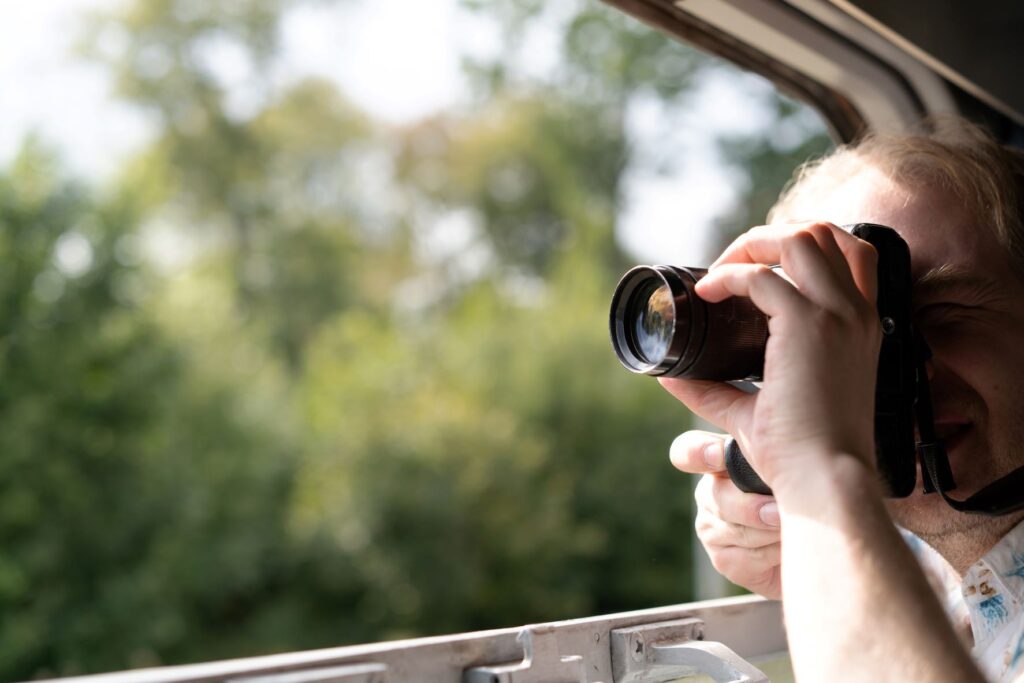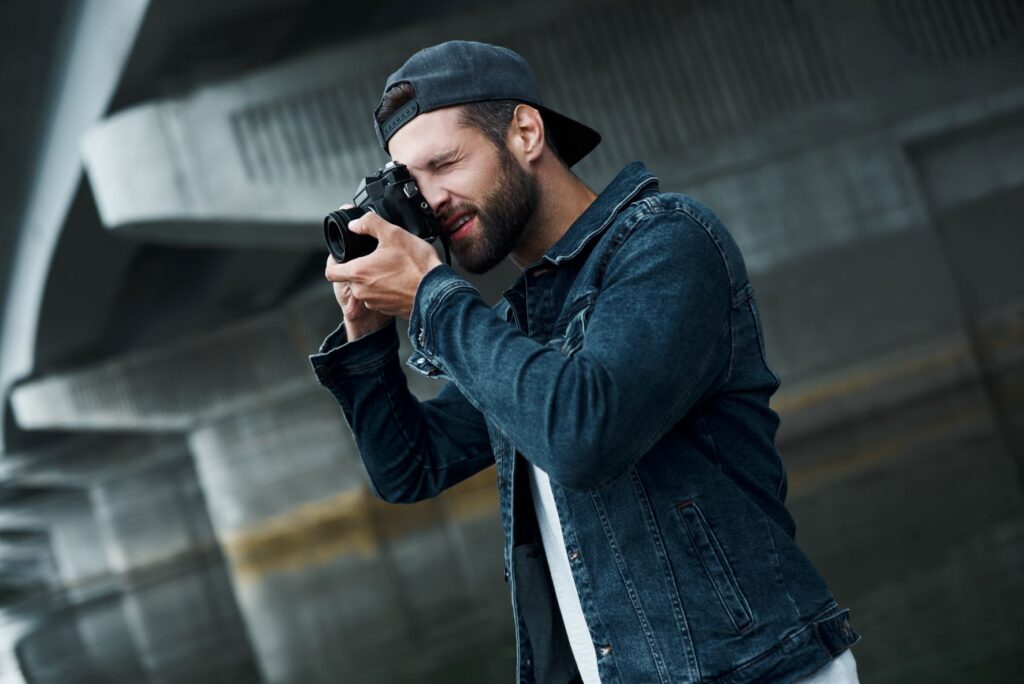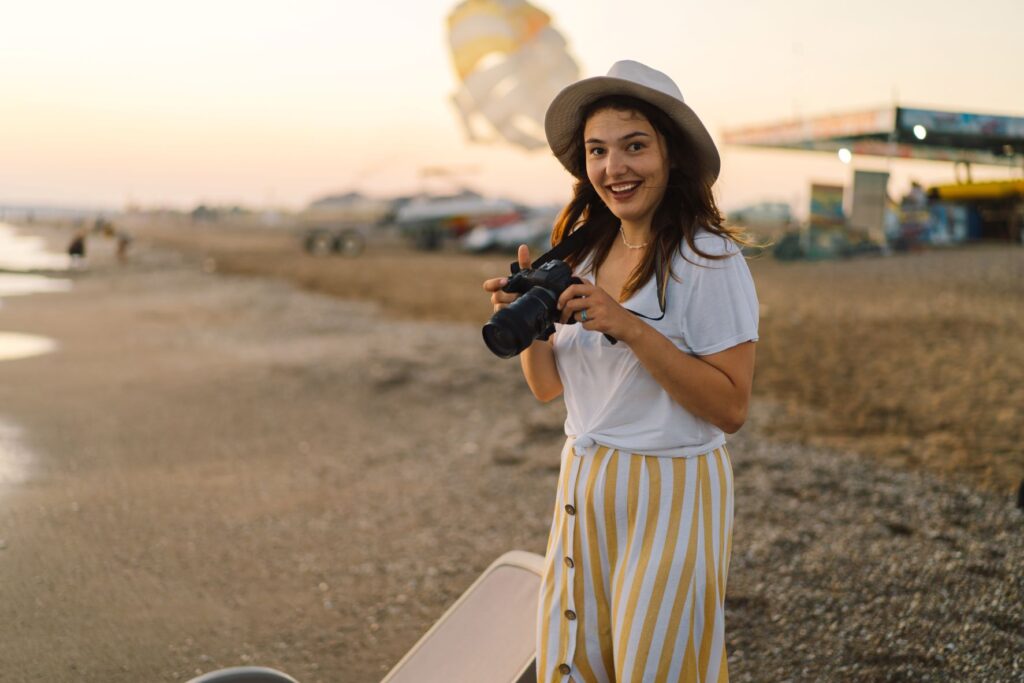Photography 101 – The Essentials of Exposure, Focal Length, and Calotype
Whether you’re a hobbyist or a professional, there are several essential things you should know before you start taking photographs. These tips cover exposure triangle, Focal length, depth of field, and the Calotype process. To prevent these common mistakes, practice your photography by using a variety of different settings. Practice on the subject you want to photograph, and use different lighting setups and angles to get the best possible shot. Eventually, you’ll become a better photographer and make fewer silly mistakes.
Exposure triangle
To take perfect photographs, you must understand how to use the three pillars of exposure in your White Willow Photography. Shutter speed, aperture, and ISO are fundamental settings in your camera. Each one affects the other two, so it is crucial to know each of them individually. Using all three of these elements properly will produce stunning images. And if you’re not sure how to use each one, here are some tips to make sure you get a perfect photograph every time.

Changing one point of the exposure triangle will change the other two, so you can dial in another stop of exposure if necessary. For example, changing your ISO from 800 to 1600 will increase the exposure by one stop. The exposure triangle works by balancing each point. Increasing the exposure of one element will allow you to maintain the right level of depth of field, and decreasing the other two will reduce the overall amount of light in your photo.
Focal length
If you are a photographer, you’ve probably heard of focal length and wondered about its meaning. This article will help you understand the differences between long and short focal lengths, as well as how they affect your photos. While a wide-angle lens will capture more of the scene, a telephoto lens will focus on a much smaller area. The main difference between the two is how the focal length of a lens affects the image it captures.
The focal length of your lens has a direct relationship with depth of field and perspective. For example, a narrow depth of field focuses on the subject while a deeper depth of field shows the entire scene. This is ideal for portraits and general nature work, but it can also be useful for wildlife photography. Regardless of what kind of photography you’re trying to capture, understanding how focal length affects depth of field and perspective can greatly improve your images.
Depth of field
A photographer’s choice of lens determines the depth of field in a picture. Wide angle lenses, on the other hand, have a shallower depth of field than telephoto lenses. While telephoto lenses can provide impressive focus distances, they are also limited in terms of lens options. A zoom lens, on the other hand, offers a variety of focus distances and can be used for several different photographic tasks. A lens’ focal length, or “f,” is an important factor when measuring aperture.
A simple depth of field chart shows the depth of field for different focal lengths and apertures. It is a great visual tool to keep at hand when photographing. Alternatively, you can also consult a depth of field calculator on the Internet or a dedicated app. Regardless of which method you choose, a depth of field chart can help you learn the proper technique for a given situation. To create one, download an app that will help you calculate depth of field for a particular lens.
Calotype process
The Calotype process for photography was developed by William Henry Fox Talbot and first used in Great Britain. The process was largely unpopular throughout the rest of the world, but it remained popular in Scotland, where it produced exceptionally beautiful portrait images. The first commercially successful Calotype prints were made in 1853 by Robert Adamson and David O. Hill, both Scottish artists. Their work was supported by grants. Today, the process is still used for producing vintage photographs.
The calotype process used silver iodide as the light-sensitive silver halide. This chemical compound was formed by combining silver nitrate with potassium iodide. The process began by brushing a piece of writing paper with silver nitrate, then dipping it in a solution containing potassium iodide. Another solution, known as gallo-nitrate of silver, was applied to the paper before it was exposed in the camera.


